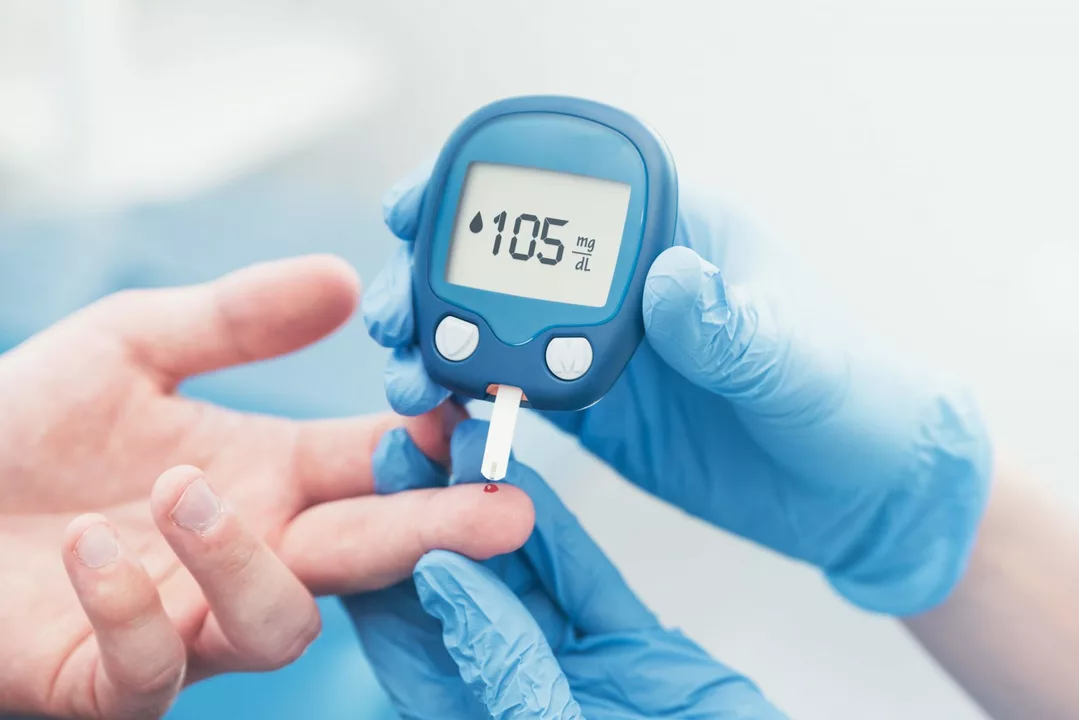Three areas are driving most of the practical change: new medicines, device and diagnostic improvements, and digital health. New medicines include targeted cancer drugs, oral antivirals, and faster-acting antidepressants. Devices now give doctors better images and patients simpler at-home monitoring — think portable ECGs and continuous glucose sensors. Digital health covers telemedicine, apps that track symptoms, and AI that helps radiologists find problems faster.
New options often arrive before they reach headlines. If you have a chronic condition, asking your doctor about recent approvals or off-label uses can make a real difference. Clinical trials are another route: they offer early access and careful follow-up, but read consent forms and ask about costs and travel. Also check if new treatments affect current meds. Your pharmacist can run a quick interaction check.
Before you switch: ask for evidence, expected benefits, and side effects. Look up trial results on ClinicalTrials.gov or PubMed. For device or app claims, check FDA/EMA clearance. If you're reading headlines, follow original sources, not only press summaries. Keep a personal health log to spot improvements or side effects. Use telehealth to get second opinions without travel. If cost is a worry, ask about patient assistance or generics.
Regulators are adapting, but safety matters. Faster approvals can still carry risks. Look for safety data length and post-marketing studies. Trusted sources include FDA, EMA, NHS, and major journals like NEJM or Lancet. Patient groups can share real-world experiences but treat those as anecdotes. Keep copies of test results and medication lists. When something sounds too good to be true, ask for the evidence.
If you consider a trial, ask the research nurse how side effects are handled and whether your insurance covers routine care. Distance can be an issue; some studies cover travel or offer local labs. Also ask how long follow-up lasts. Short-term benefits may not reflect long-term risks.
Generics reduce cost. Compassionate use or expanded access programs exist for serious illnesses; ask your doctor about options. Pharmacists can suggest cheaper equivalents, voucher programs, or manufacturer assistance.
Telemedicine and digital tools make access easier. Choose apps that cite research or have clinical backing. Read privacy policies and control who sees your data. Share app reports with your clinician so they can interpret trends.
Keep learning, bring notes to visits, and ask for written summaries after appointments. Set reminders for lab tests and refills. Sign up for updates from FDA, NIH, or major medical centers so you hear changes fast. Small steps help you benefit from medical progress while staying safe. Ask friends or support groups for real experiences but weigh those alongside real data and your doctor's advice. Stay curious.

As a blogger, I cannot stress enough the importance of diabetes research and advancements. These continuous efforts not only help in understanding this complex disease better, but also pave the way for newer, more effective treatment options. The ultimate goal is to improve the quality of life for millions of people affected by diabetes worldwide. Additionally, this research can potentially lead to a cure or prevention strategies, saving countless lives in the future. I truly believe that supporting diabetes research and advancements is our collective responsibility, as it can bring about significant positive change in the lives of those affected.
Want tretinoin without the runaround? Learn how to buy it online legally in 2025, best places by country, real prices, step-by-step, and red flags to avoid fakes.
Learn how to safely buy cheap generic Seroquel (quetiapine) online in Canada. Get step‑by‑step tips, price comparisons, and red‑flag warnings for 2025.
Coughing is often seen solely as a physical issue, but there's more to it than just a tickle in the throat. Emerging research shows a connection between mental health and chronic coughs, where stress and anxiety can exacerbate coughing symptoms. Understanding this link can lead to more effective management and relief. By addressing both physical and mental factors, you can tackle those persistent coughs more holistically. Discover practical tips and insights in managing your cough with mental well-being in mind.
I've recently discovered a game-changer for wellness, the Arenaria Rubra dietary supplement. This little-known natural powerhouse is full of benefits that can boost your overall health and vitality. It's amazing how it supports everything from our digestive system to our skin health. I've been incorporating it into my daily routine, and I can genuinely feel the difference. If you're looking to elevate your wellness game, Arenaria Rubra is definitely worth considering.
Well folks, buckle up because I'm about to spill the beans on the miraculous powers of Caraway Dietary Supplements! These little magic beans are packed with so many healing properties, it's like having a mini hospital right in your kitchen cabinet. From aiding digestion to reducing bloating and even helping with weight loss, it's like these supplements are playing a game of health benefits bingo and winning every round! So, if you're into natural remedies or just a fan of feeling good, then get ready to add Caraway Dietary Supplements to your must-have list. I'd say it's time to caraway those health woes, wouldn't you agree?